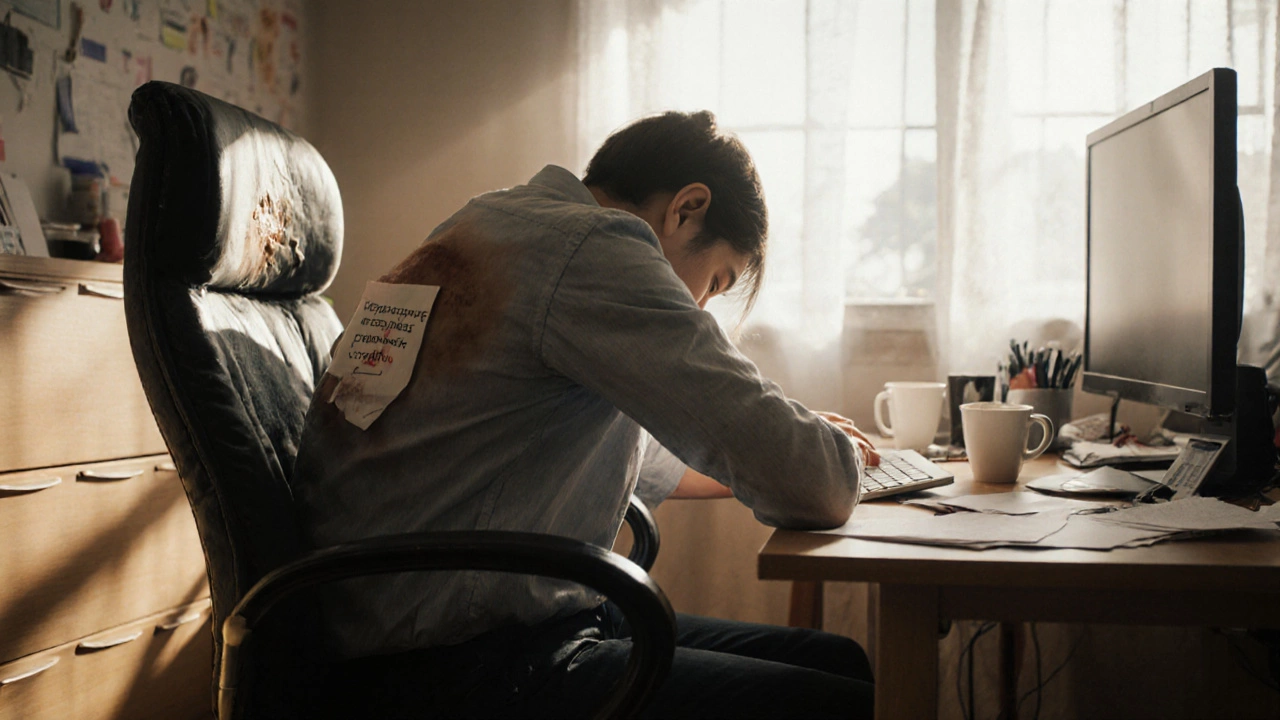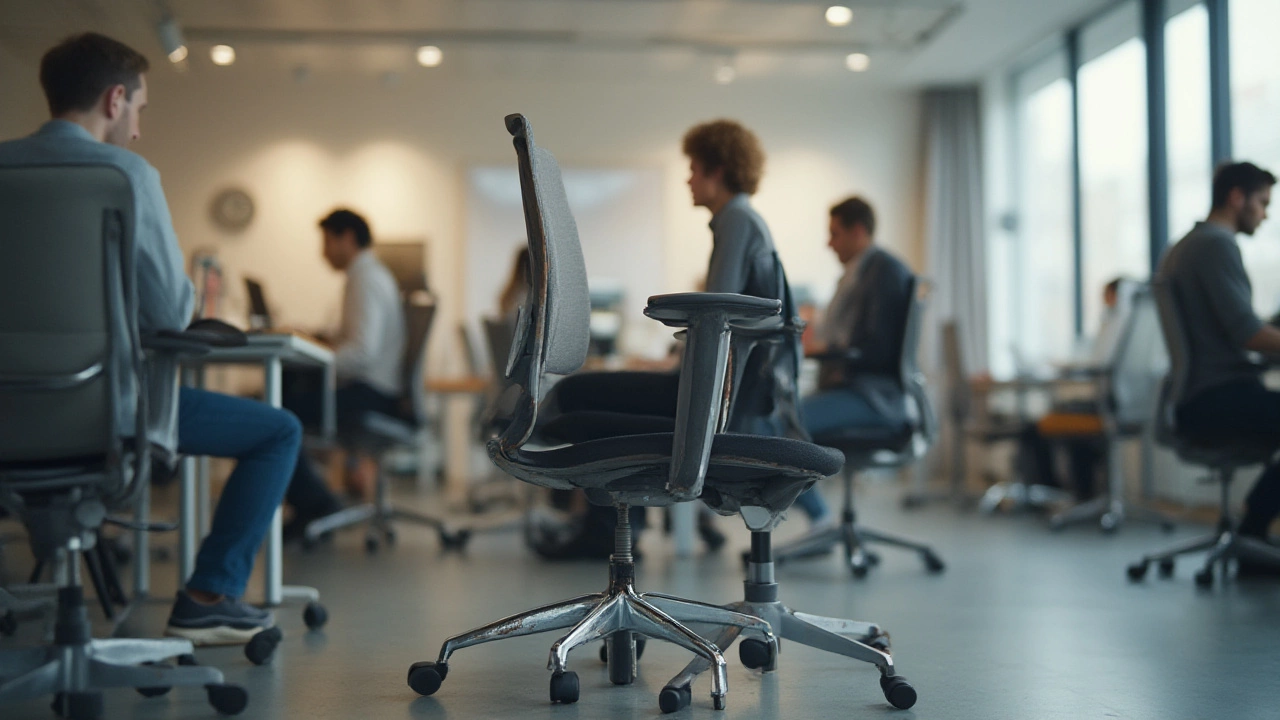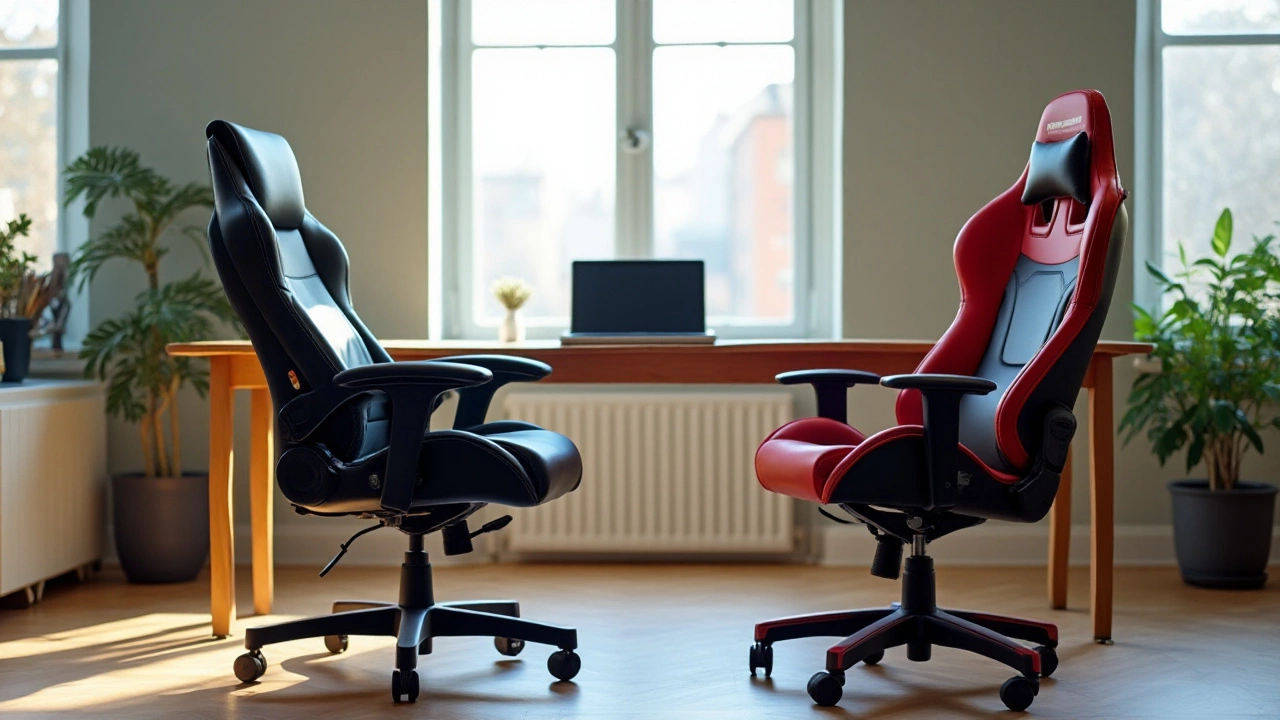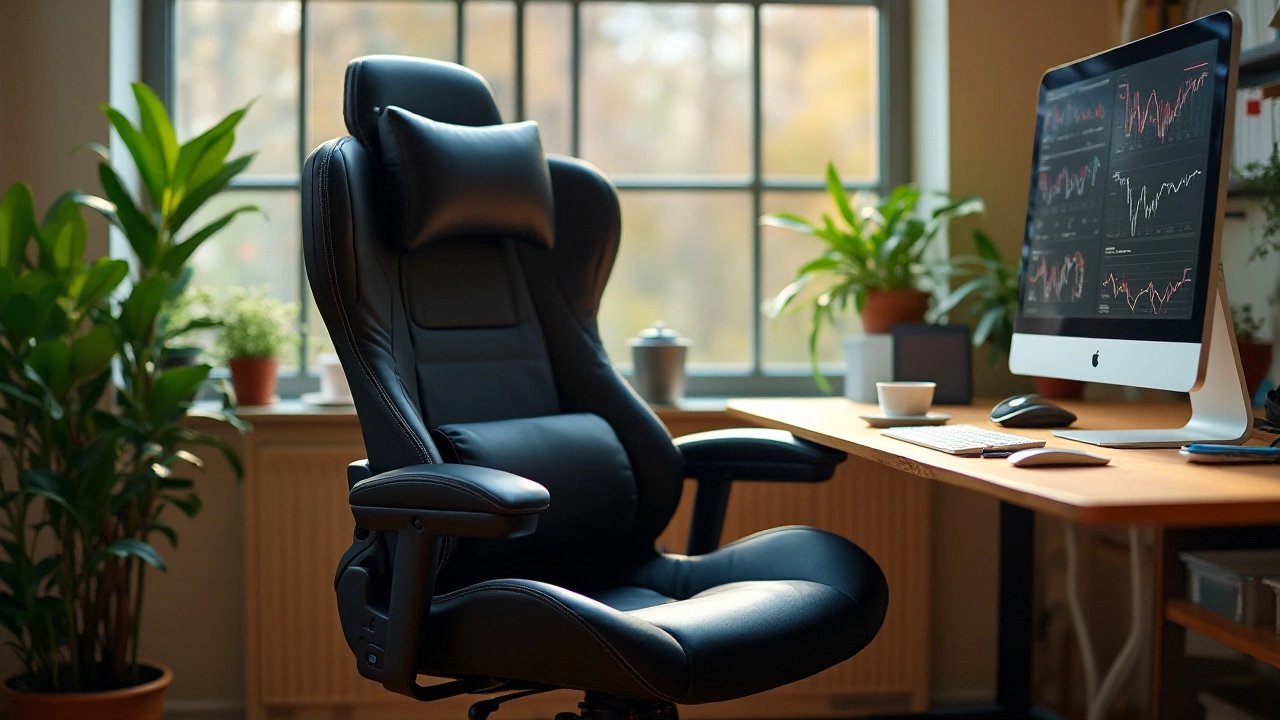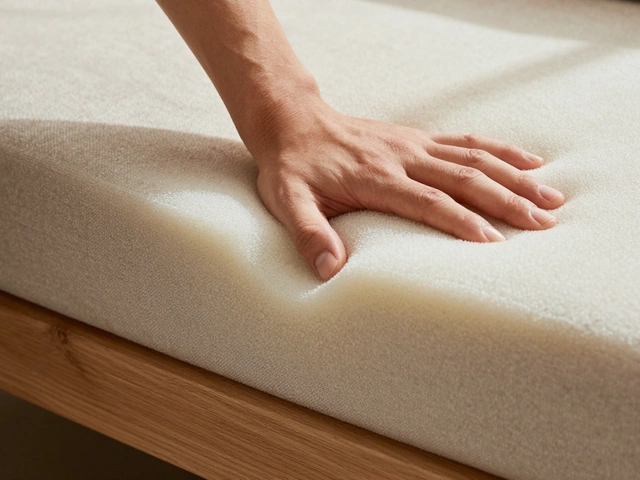Office Chairs: Your Guide to Comfort and Productivity
Spending hours at a desk means your chair matters more than you think. A good office chair keeps your back happy, helps you stay focused, and can even lift your mood. Below you’ll find the basics you need to pick a seat that works for you, plus a few tricks to get the most out of it.
What Makes an Office Chair Ergonomic?
Ergonomic isn’t just a buzzword. It means the chair supports your body the way nature intended. Look for these features:
- Adjustable height. Your feet should rest flat on the floor, knees at a 90‑degree angle.
- lumbar support. A curve in the backrest that follows the natural arch of your spine reduces strain.
- Seat depth. You should be able to sit back while keeping a small gap between the back of your knees and the seat.
- Swivel and casters. Easy movement prevents you from over‑reaching for things on your desk.
- Armrests. Adjustable arms let your shoulders relax and keep your elbows close to a 90‑degree angle.
If a chair has most of these, you’re on the right track. It doesn’t have to be the most expensive model – the adjustability matters more than the price tag.
Choosing the Right Chair for Your Work Style
Not every job is the same, so your chair should match how you work. Here are three common scenarios:
Desk‑bound tasks. If you type all day, look for a seat with good lumbar support and a breathable mesh back to keep you cool.
Creative or standing work. A chair with a tilt‑lock mechanism lets you lean back or sit forward as you need, and a seat that swivels easily supports quick movements.
Conference or shared spaces. Choose a lightweight chair with sturdy casters and a simple design that fits many body types.
Try sitting in a chair before you buy. Adjust the height, lean back, and see if your shoulders relax. If you feel any pressure points after a few minutes, keep looking.
Now that you know what to look for, let’s talk about keeping your chair in good shape.
Maintaining Your Office Chair
Even the best chair will wear out if you ignore it. Simple steps can add years to its life:
- Wipe the surface with a damp cloth weekly – dust can build up and affect the moving parts.
- Check the screws and bolts every month; tighten any that feel loose.
- Rotate the casters to prevent uneven wear, especially if you have carpet.
- If the cushion flattens, add a seat pad or replace the foam – a firm seat keeps you aligned.
These quick habits save money and keep you comfortable.
In short, the right office chair does more than hold you up. It supports your back, helps you focus, and can even boost your work output. Use the checklist above, test a few options, and take care of your seat. You’ll feel the difference every day.
